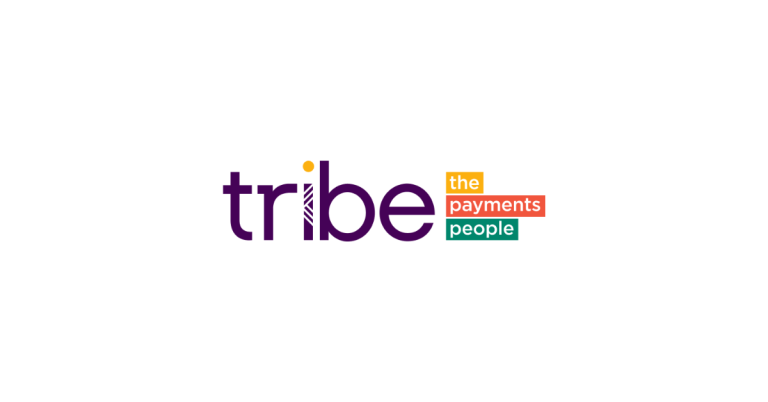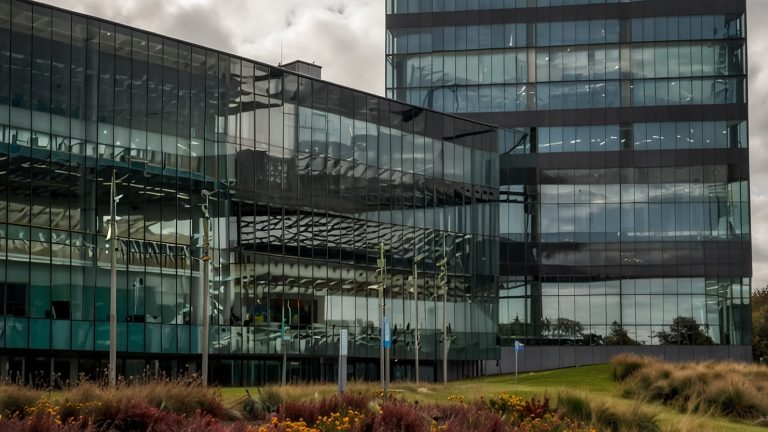Since the world of decentralised finance is constantly changing, Dai (DAI) remains the central reference point by keeping stability as the third-largest stablecoin by market capitalisation, at an estimated current value of 5.36 billion.
Still tied to Ethereum (overcollateralized) using the U.S. dollar, DAI saw its 24-hour trade volume increase to $100.65 million, indicating increased liquidity in the face of a wider crypto market recovery.
With institutional participants shifting to diversified stablecoin positions, Dai, as a model of decentralised governance, is well-positioned as a hedge against volatility, and analysts predict that it will be adopted in the long-term by endearing itself further by the year-end.
This silent power follows the announcement of the day before, when Mega Matrix Inc., a Singapore-based fintech company, announced a new Digital Asset Treasury (DAT) strategy with a basket of major stablecoins, such as Dai, and its governance tokens.
The action is an indication of increasing corporate trust in DeFi primitives, and it will potentially bring new funds into the ecosystem of MakerDAO. As Bitcoin surpasses $65,000 and Ethereum approaches $3,200, the role of Dai in yield farming and cross-chain bridges has never been more crucial, as it moves up the chain towards becoming a niche collateral, ultimately supporting the backbone of global finance.
Mega Matrix’s $2 Trillion Stablecoin Pivot Spotlights Dai’s Institutional Appeal
The strategic transformation of Mega Matrix, which was announced in a press release on October 1, is a tectonic break between single-asset exposure and a diversified portfolio with upside potential and stability.
The company will invest a good share of its treasury in stablecoins such as USDT, USDC and Dai, as well as governance tokens such as MKR in the MakerDAO. The purpose of this basket strategy is to diversify risks of single holdings, as well as to reap the rewards of DeFi programmes, which are estimated to be 4-8% APY on Dai liquidity pools alone.
Mega Matrix executives mentioned that Dai was permissionless and not willing to be centralised in freezes as a major distinguishing feature. Compared to rivals using fiat-backed currencies, where the regulations can be changed at will, the smart contract-based issuance provided by Dai guarantees transparency and auditability, and this feature attracts businesses that have to work within compliance environments.
Announcement drove MKR 3.2% higher to $2,450, and the ripple effect was an increase in the on-chain activity of Dai by 15% over the past 24 hours. Dune Analytics on-chain data show that minting of Dai is at its highest, with over 500 million units being minted as users deposit their ETH and other assets in the vaults to take loans.
This company hug is not limited to Mega Matrix. Those most recent filings indicate such treasury redistribution at European payment processors and Asian exchanges, where Dai represents 20-30% of diversified holdings.
With global trade finance going digital, Dai has the potential to unlock billions of tokenised invoices through a platform like Centrifuge to integrate with real-world assets (RWAs), releasing its utility even more.
Stablecoin Infrastructure Boom Accelerated by Stripe Banking License
Dai is experiencing regulatory tailwinds, which include Stripe aggressively expanding into the U.S. banking license arena. The payments giant, which introduced stablecoin money management tools in May 2025 in 101 countries, is currently seeking federal charters to simplify fiat-to-crypto transactions. This would make Stripe an interface to the integration of Dai within e-commerce, where merchants would immediately pay without legacy banking delays.
According to industry observers, these actions may trigger a stablecoin summer into Q4, and Dai may gain a competitive advantage due to its Ethereum-native characteristics during the Dencun upgrade and efficiencies of the network.
Dai swaps to Layer-2 solutions, such as Optimism, have fallen 40 per cent since July, and are now less expensive than ever: listed at just $0.01 per transfer. This price equality with conventional wires is attracting remittances even in the emerging markets where Dai is highly overcollateralized to protect against local currency devaluations.
Yet, challenges persist. The current Treasury consultations on stablecoins, which are expected to finalise in November, focus on transparency of reserves, including Dai, an asset, but a challenge to less audited counterparts. Community forums are awash with hope, as the MakerDAO recent governance poll approved a resolution to add additional RWAs such as U.S Treasuries, which could result in up to 150% overcollateralization ratios.
Investment Outlook: Why Dai Remains a Top Pick for October 2025 Portfolios
The fundamentals of Dai shine in investment radars in the next month. YouHodler and DePIN Scan analysts are forecasting a stable peg at 0.999-1.001, and future gains through ecosystem drivers, such as the PoS upgrade that Polygon is planning at 5,000 TPS by the end of October. This scalability increase would speed up the application of the Dai in large-volume DeFi applications, including lending on Aave to perpetuals on GMX.
In the long term, price stability is a misleading indicator of explosive growth potential. Projections of the market cap of Dai would hit 7.5 billion by Q1 2026 due to 25 per cent yearly adoption of the system in cross-border payments.
In contrast to centralised stablecoins, which are vulnerable to depegging panics, such as the 2022 UST collapse, Dai liquidation systems and emergency shutdown capabilities offer great security. Three of the signals included in the analysis of July 2021 by Yahoo Finance are: no central authority, tested in 2020 on Black Thursday, and the ability to bridge to Solana and Binance Smart Chain.
This bullish tilt obtains in social sentiment. On social media, posts about Dai claiming that the uncensorable dollar is awesome have received thousands of interactions, and on websites such as Yearn Finance, users are advertising 5-10% returns.
Bearish doubts about overcollateralization inefficiency–committing 7 billion to assets to issue 5.36 billion–are met with deaf ears, with subDAO experiments such as Spark Protocol minimising capital use to 85%.
Technical indicators are also in agreement. The stability index of Dai stands at 99.8, and the borrowing rates are as low as 2.5% due to high liquidity. Dai is a low-volatility introduction to DeFi for conservative investors, typically as a 60/40 portfolio with ETH and 8-12% annualised.
MakerDAO Community Thrives: Governance Votes and RWA Integrations Lead the Way
Dao takes the pulse of the heartbeat of the ecosystem that Dai creates. The most recent executive vote, which closed September 30, approved $500 million of RWA inflows to diversify collateral with more than crypto to tokenised bonds and real estate.
This Endgame phase, described by the genesis Rune Christensen, will work toward modular DAOs, which will manage sub-elements like liquidity management to minimise the risks of centralisation.
Maker blog reviews highlight developer achievements, such as Oracle feeds to support real-time pricing, automated health checks of the vault, and a 30% reduction in liquidation events, among others. AMAs and hacks on yield optimisation in the subreddit r/MakerDAO abound, and there are Discord channels with hacks on Dai-powered applications in supply chain finance.
As a supply limit does not constrain issuance, and with 5.36 billion DAI in circulation, inflationary processes ensure that the issuance remains flexible to a rise in demand without a premium burden. The governance participant quipped that Dai was not only stable, but that it is antifragile, which exists in chaos.
Horizon: Stablecoins the New Global Reserve in a Multi-Polar Crypto Era
The current market picture entrenches the position of Dai: 1 per cent of the volume growth in the face of a zero-growth stablecoin industry, which is three times as much as USDC is spending on a single daily basis. Dai is ready to scale exponentially as the wave goes through boardrooms with Mega Matrix and Stripe, rubbing institutional rails with licenses.
Look ahead to this week with $320 million in upcoming RWA auctions–a green light will see market cap soar to $6 billion by November. The decentralised ethos of Dai will persist in a world of transient trends, not as a simple dollar proxy, but instead as the programmable money that reinforces the meaning of finance. To investors ,it is not just about stability, but it is code sovereignty.












 Bitcoin
Bitcoin  Ethereum
Ethereum  Tether
Tether  XRP
XRP  USDC
USDC  Wrapped SOL
Wrapped SOL  TRON
TRON  Lido Staked Ether
Lido Staked Ether  Cardano
Cardano  Avalanche
Avalanche  Toncoin
Toncoin